Thanks to Park Seed for partnering with me on this post. As always, all words, thoughts and vegetable opinions are my own.
There are gardeners who have spreadsheets and schedules that tell them exactly what seeds they should be starting when. Those same gardeners undoubtedly started seeds for fall sowing under lights probably a few weeks ago.
I am not that gardener. Don’t get me wrong, I’d like to be, but the fact is that at this time of year I’m too busy enjoying summer to be organized enough to plan for fall. But I’m also guilt-ridden by seeing bare soil in the vegetable garden where something could be growing.
And that’s where direct sowing—planting seeds directly into the garden—comes in to save the day. And even here in my zone 5 garden, there’s still time to plant some crops for a fall harvest.
When it comes to growing late season vegetables, the main thing I look for when choosing varieties is the time to harvest. Whatever you grow will be significantly tastier than anything you’d buy in the store, so the key is to just grow something.
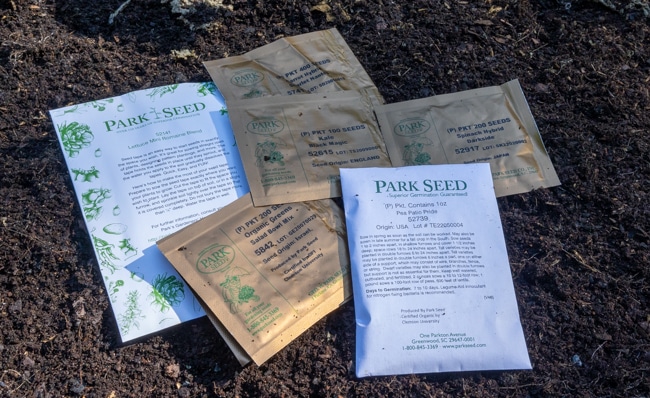
At the top of my must-grow list is lettuce, which I still consider my favorite vegetable to grow as it is so easy, so cheap and so much better than store-bought. Lettuce definitely prefers cooler temperatures, so it is perfect for planting now. I’ll be growing a lot of Salad Bowl Mix, as it is easy to sow around other crops or in any available spot in the garden. Heading lettuces typically take a bit longer to harvest (although to be clear, you can eat heading lettuce before it makes a nice head and it will still taste great), but there should still be time to harvest Mini Romaine. I bought it as a seed tape so no thinning is necessary, a job that I know I’m bound to forget in the early fall hubbub.
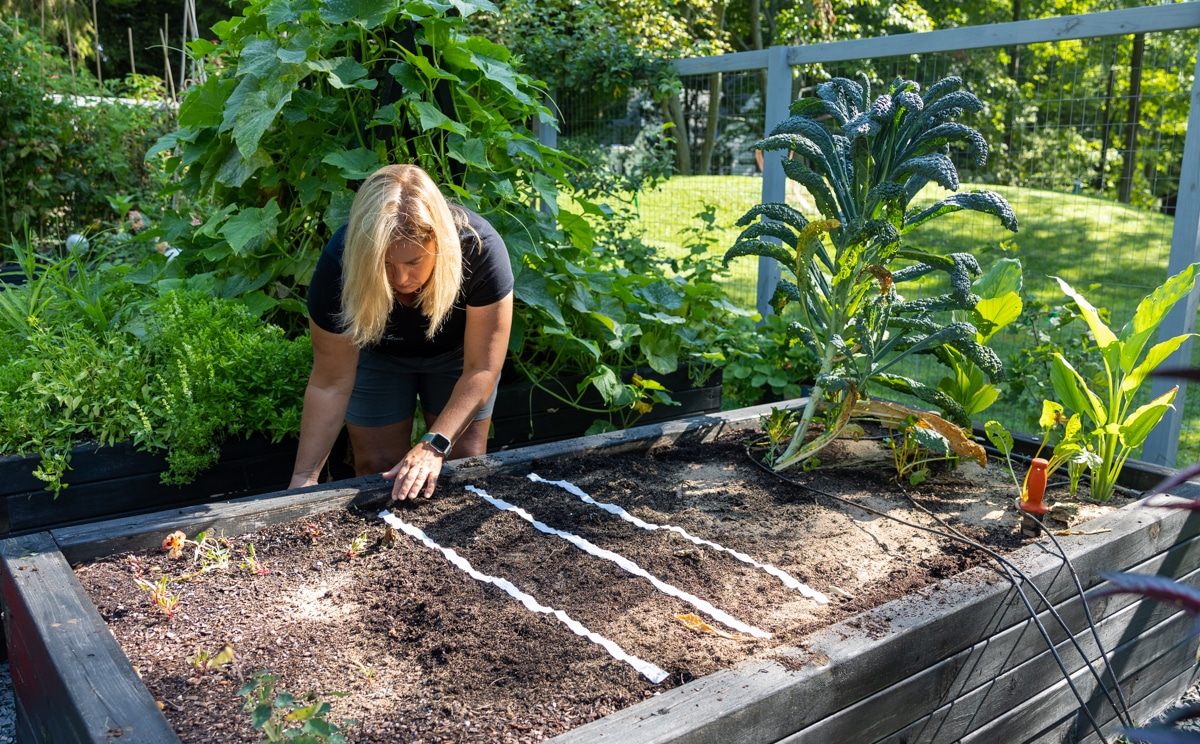
Whether planting seed or convenient seed tape, lettuce couldn’t be easier: just sow thinly and cover with just a dusting of soil. Moisture is key for germination, so it’s important to keep the soil consistently moist until it gets a good start.
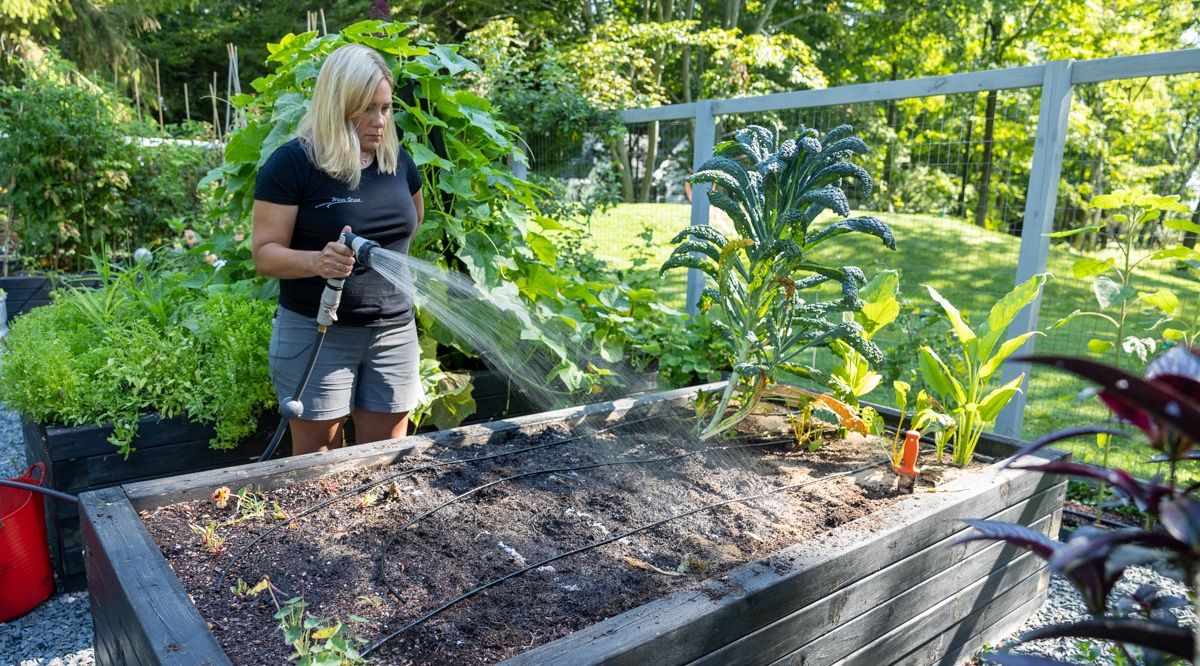
Other greens are also great for cool-season growing, including Darkside Hybrid Spinach (ready for harvest in just 25 to 30 days) and Black Magic kale, which really might be the perfect kale. I’m still eating the last bits of the spring-planted kale, but some fresh new plants will be a delicious treat. And kale not only withstands a frost, it tastes better after one.

Carrots love a bit of cold as well and can be picked at any stage (just don’t let them get too big). Choosing a variety was easy: I just picked the quickest to mature that I could find: Scarlet Nantes at 62 days to maturity.
The last of my late-season crops is one I have been sleeping on for years: peas. I never even thought to grow them in fall until a few years ago and it turns out I often get better harvests in fall than spring. Again I went for the quickest maturing: Patio Pride, a variety that’s great for containers but works well growing anywhere.
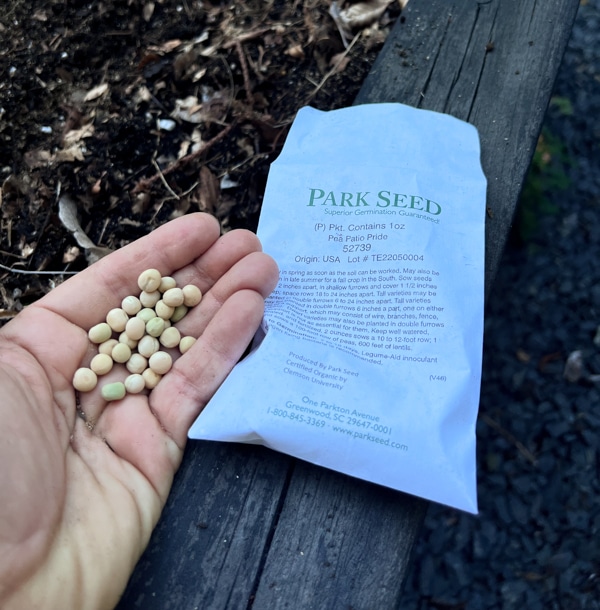
As space in the garden opens up—perhaps when the cucumbers and beans are finished—I’ll sow more seeds, particularly of the quickest-growing vegetables. For now, I’ve tucked them in everywhere, including between the onions that have just a little bit of growing left to do.
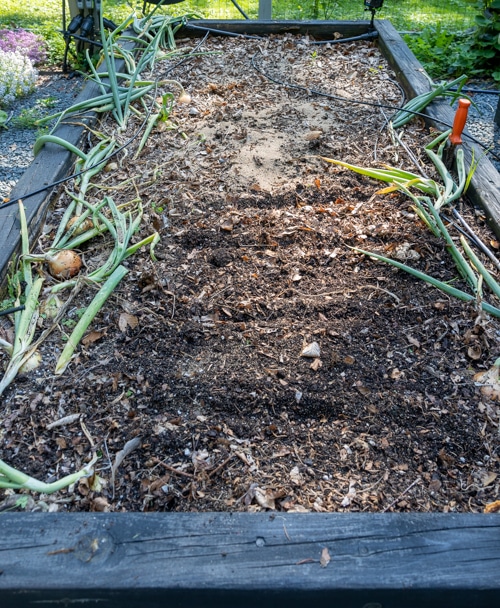
Direct sowing several kinds of seeds took very little time, and any times spent tending them will be well worth it in a couple months when I’m still enjoying the harvest from the vegetable garden.


One Response
I’m always looking for something to fill those gaps in the garden!